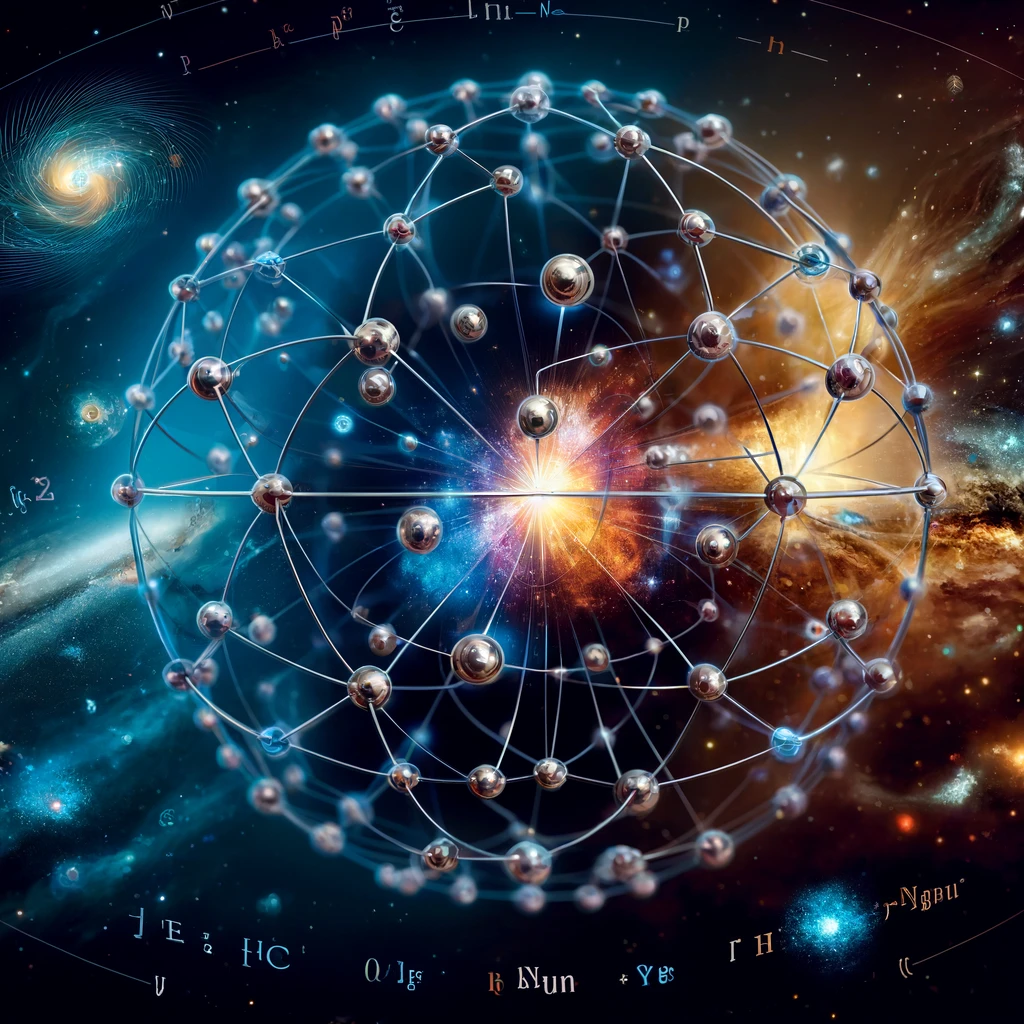What is another name for normal matter?
Article Source

Why you should care
Baryonic matter is crucial because it's the visible stuff in our universe—like stars, planets, and even you! Understanding it helps scientists learn how galaxies form and evolve. This knowledge is key for studying the cosmos, from the Big Bang to the structure of galaxies today. Knowing more about baryonic matter could lead to exciting discoveries about our universe and how it works.
Answering the question… What is another name for normal matter?
Baryonic matter is made up of particles called baryons, which include protons and neutrons—the building blocks of atoms. According to the article, baryonic matter makes up about 4.6% of the universe's total energy density, while dark matter accounts for 26.8% and dark energy for 68.6%. These numbers show how baryonic matter, though small in percentage, plays a vital role in the universe's structure!
How was the study done?
The researchers gathered data from various astronomical observations and theoretical models to understand baryonic matter's role. They analyzed how it interacts with dark matter and its impact on galaxy formation. By comparing different methods for measuring baryonic content, they created a clearer picture of its significance.
What was discovered?
- Baryonic matter makes up 4.6% of the universe's total energy density, significantly less than dark matter, which comprises 26.8%, and dark energy at 68.6%.
- Roughly 90% of baryonic matter exists in stars, galaxies, and interstellar gas, showing its key role in cosmic structures.
- In galaxy clusters, baryonic matter can account for up to 15% of the total mass, which is crucial for understanding how these clusters form and evolve.
- The study highlighted that only about 50% of baryonic matter is visible in the form of stars and galaxies; the rest is in diffuse gas that is hard to detect.
- Baryonic matter influences the cooling processes in galaxies, with estimates suggesting it cools down at a rate of about 0.1 to 1.0 Kelvin per year, affecting star formation.
- The distribution of baryons affects galaxy properties, with variations in baryonic density linked to differences in galaxy brightness by a factor of 10 in some cases.
- Understanding baryonic matter can lead to insights into cosmic microwave background radiation, which provides clues about the early universe and its development.
Why does it matter?
These discoveries help scientists understand the universe better, particularly how galaxies and stars form. By studying baryonic matter, researchers can explore its influence on cosmic evolution and the dynamics of galaxies, leading to new insights into the universe's history and structure.
